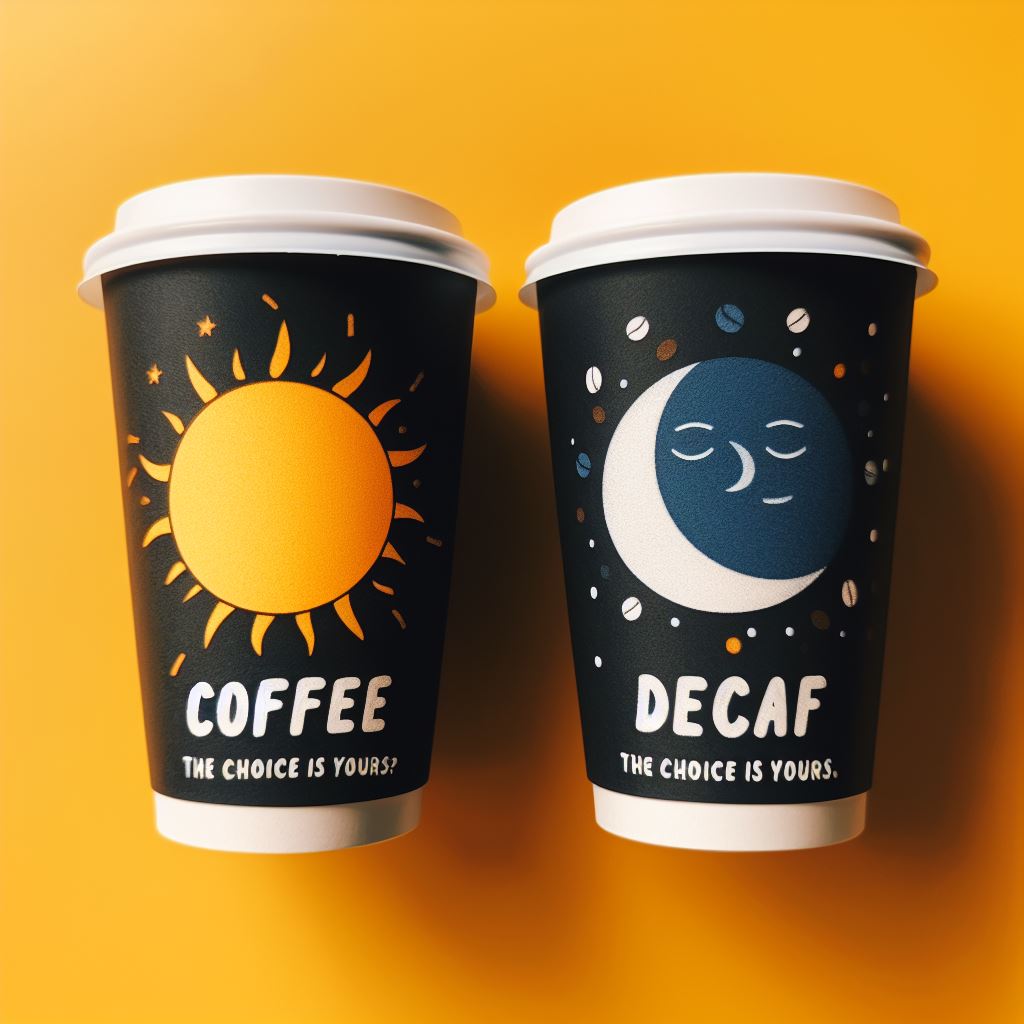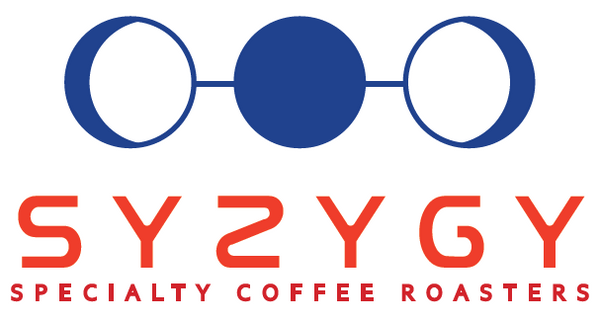
What is Decaf Coffee? How is Decaf Made?
Share
Decaf Coffee: What It Is and What It Isn't
If you love coffee but want to avoid or limit caffeine, you might have wondered about decaf coffee. What is it exactly? How is it made? And how does it taste compared to regular coffee? In this post, we will answer these questions and more, so you can decide if decaf coffee is right for you.
What is Decaf Coffee?
Decaf coffee is coffee that has had most of its caffeine removed before the beans are roasted. Caffeine is a natural stimulant that can boost your energy, alertness, and mood. However, some people may be sensitive to caffeine or want to avoid it for personal or health reasons. For example, caffeine may cause anxiety, insomnia, increased heart rate, or digestive issues in some people. Caffeine may also interact with certain medications or conditions, such as pregnancy, high blood pressure, or heart problems.
Decaf coffee is a good alternative for people who enjoy the taste and aroma of coffee but don't want the side effects of caffeine. Decaf coffee still contains some antioxidants and nutrients that may benefit your health, such as hydrocinnamic acids and polyphenols. These compounds may help protect your cells from damage, lower inflammation, and reduce the risk of some diseases, such as diabetes, heart disease, and cancer.
How is Decaf Coffee Made?
Decaf coffee is made by stripping green, unroasted coffee beans of their caffeine content. This process relies on the fact that caffeine dissolves in water. There are three main methods for removing caffeine from coffee beans: chemical solvents, liquid carbon dioxide (CO₂), or plain water with special filters.
- Chemical solvents: This method uses organic solvents, such as methylene chloride or ethyl acetate, to extract caffeine from the beans. The beans are soaked or steamed in water, then rinsed with the solvent, which binds to the caffeine molecules. The solvent is then evaporated or removed, leaving behind decaffeinated beans. This method is fast and cheap, but some people may be concerned about the safety or residual traces of the solvents.
- Liquid CO₂: This method uses pressurized liquid CO₂ to remove caffeine from the beans. The beans are soaked in water, then placed in a sealed chamber, where CO₂ is forced through them. The CO₂ acts as a solvent and dissolves the caffeine, which is then filtered out. The CO₂ is then recycled or released, leaving behind decaffeinated beans. This method is more expensive and complex, but it preserves more of the flavor and aroma of the coffee.
- Water with filters: This method uses only water to remove caffeine from the beans. It is also known as the Swiss water process, and it is considered the best method for decaffeinating coffee. The beans are soaked in hot water for several hours, then removed. The remaining water, which contains the caffeine and other soluble compounds, is passed through activated charcoal filters, which trap the caffeine molecules. The water, now free of caffeine but still rich in flavor, is then used to soak another batch of beans. This process is repeated until the beans are decaffeinated. This method is the most natural and gentle, but it is also the most time-consuming and costly.
What Happens to the Caffeine Extracted from Coffee?
The caffeine that is removed from coffee does not go to waste. It is collected and sold to various industries that use it for different purposes. Some of the common uses of caffeine are:
- Caffeine pills: These are dietary supplements that contain pure caffeine, usually in the form of powder or tablets. They are used to enhance mental and physical performance, such as alertness, concentration, endurance, or weight loss. Caffeine pills are popular among students, athletes, drivers, and people who work long hours or night shifts. However, caffeine pills can also have negative effects, such as anxiety, insomnia, dehydration, or overdose, if taken in excess or without proper guidance.
- Energy drinks: These are beverages that contain caffeine, along with other ingredients, such as sugar, vitamins, herbs, or amino acids. They are marketed as products that can boost energy, stamina, mood, or cognitive function. Energy drinks are widely consumed by young people, especially in social or recreational settings. However, energy drinks can also pose health risks, such as increased blood pressure, heart rate, or blood sugar, or interactions with alcohol or other drugs, if consumed in large amounts or frequently.
- Cosmetics: These are products that contain caffeine, along with other substances, such as antioxidants, moisturizers, or fragrances. They are applied to the skin, hair, or nails, to improve their appearance or health. Caffeine is believed to have some cosmetic benefits, such as reducing puffiness, dark circles, or wrinkles around the eyes, stimulating hair growth, or tightening the skin. However, the evidence for these effects is not conclusive, and some people may experience allergic reactions or irritation from caffeine-containing cosmetics.
What Does Decaf Coffee Taste Like?
The taste of decaf coffee depends largely on the method used to decaffeinate it, as well as the quality and origin of the beans. Generally speaking, decaf coffee tends to lose some of its flavor, aroma, and body during the decaffeination process. This is because some of the volatile and soluble compounds that contribute to the coffee's character are also removed along with the caffeine. However, some methods are better than others at preserving the coffee's essence.
Chemical solvents tend to alter the taste of the coffee more than other methods, as they may leave behind some chemical residues or remove some desirable compounds.
Liquid CO₂ is better at retaining the flavor and aroma of the coffee, as it is more selective in extracting only the caffeine. Water with filters is the best at preserving the taste of the coffee, as it uses the same water that was previously infused with the coffee's flavor to decaffeinate the beans.
The quality and origin of the beans also affect the taste of decaf coffee. High-quality beans from different regions may have distinct flavors, such as fruity, floral, nutty, or chocolatey. These flavors may be more or less noticeable in decaf coffee, depending on the decaffeination method and the roasting level. For example, darker roasts may mask some of the subtle flavors of the beans, but they may also add some smoky or caramel notes.
Decaf coffee may not taste exactly the same as regular coffee, but it can still be enjoyable and satisfying. Some people may not even notice the difference, especially if they add milk, sugar, or other flavorings to their coffee. Others may prefer the milder and smoother taste of decaf coffee, as it may be less bitter or acidic than regular coffee.
Conclusion
Decaf coffee is a great option for coffee lovers who want to reduce or avoid caffeine intake. Decaf coffee is made by removing most of the caffeine from green coffee beans, using different methods that may affect the taste and quality of the final product. Decaf coffee still has some health benefits, as it contains antioxidants and nutrients that may protect your cells and lower inflammation.
Decaf coffee may not have the same flavor and aroma as regular coffee, but it can still be delicious and enjoyable, depending on your personal preference and taste buds. If you are curious about decaf coffee, why not give it a try and see for yourself? You may be pleasantly surprised by how good it can be.
